Anne Boleyn at Windsor Castle, Berkshire
Calmly, from its hilltop, it enjoys the most delightful view in the world. It gazes down over the prospect of a wide and far-reaching vale, patterned with ploughland, green with meadows, clad here and there with woodlands, and watered by the softly flowing Thames. Behind it, the hills rise all around…crowned with woods as though Nature herself has dedicated them to the chase.
William Camden, English topographer.
Our inaugural tour, The Rise & Fall of Anne Boleyn, will begin at Windsor Castle – and for good reason. During the heady days of her romance with Henry, Anne was received in great style at Windsor by a lovestruck King. It was the Spring of 1528. Anne had been in self-imposed exile at the family home of Hever Castle in Kent over the winter months. It was during that time, and some believe specifically over the Christmas of 1527/8, that Anne made the momentous decision to marry Henry, displacing Katherine of Aragon, his wife of 20 years.
No one could have predicted the long years of waiting before Anne would finally become Henry VIII’s wife and Queen. However, the year before that came to pass, it was at Windsor Castle that Anne would be raised to the aristocracy when she was made Marquess of Pembroke on 1 September 1532. By this time, Anne Boleyn was the premier lady in the land and Queen in all but name.
Anne Boleyn at Hever Castle, c. 1550.
Sadly, many visitors to Windsor find it difficult, if not nigh on impossible, to see through the later Georgian and Victorian renovations of Windsor Castle, leaving disappointed that there is nothing left of the Tudor apartments to see. However, that is not entirely true!
While there have been many later changes and none of the interior features of the Tudor palace survive, there is a considerable amount of the footprint of the Tudor royal apartments that can be superimposed on the current staterooms. One of our ambitions on this tour is to bring Tudor Windsor and its Castle out from the shadows and reinvigorate it for us Tudor history-loving time travellers. With that in mind, we shall be touring Windsor Castle privately, focusing on its Tudor history and the layout of the sixteenth-century royal lodgings, including standing in the very room where Anne was made a Marquess!
Let’s go time travelling!
A Brief History of Windsor Castle
Windsor Castle was originally built by William the Conqueror as part of a ring of strategically defensive castles constructed around London shortly after the Norman invasion of England in 1066. Some twenty miles upstream from Hampton Court Palace, the mighty castle perches high on a chalky outcrop of the Chiltern Hills, almost thirty metres above the River Thames; it dominates the surrounding skyline.
Although the interior has been dramatically altered over the centuries, its basic footprint remains almost completely unchanged since the original motte and bailey castle was established in 1070. Within easy reach of London and surrounded by a royal hunting forest, Windsor quickly established itself as a much favoured royal residence.
King George IV Gate in the South Wing of Windsor Castle. Ввласенко, CC BY-SA 3.0, via Wikimedia Commons;
View of Windsor Castle and Sheet Street from Windsor Great Park. Chaxzakak, CC BY-SA 4.0, via Wikimedia Commons.
In external appearance, Windsor Castle certainly would have been recognisable to Anne Boleyn, with one or two notable differences. For example, the central round tower was more squat than we see it today; the main exit on the southern side of the Upper Ward was from the south-west corner via a bridge crossing the original defensive ditch, while a tennis play clung to the foot of the central mound within the Upper Ward, close to the modern-day Engine Court.
The critical difference between the royal apartments then and now (or ‘The State Appartments’ as they are now known) was the existence of three internal courtyards that have since been internalised within the structure of the modern-day building. In the following sections, I will touch on the principal rooms on the public tour and seek to map these onto the sixteenth-century layout.
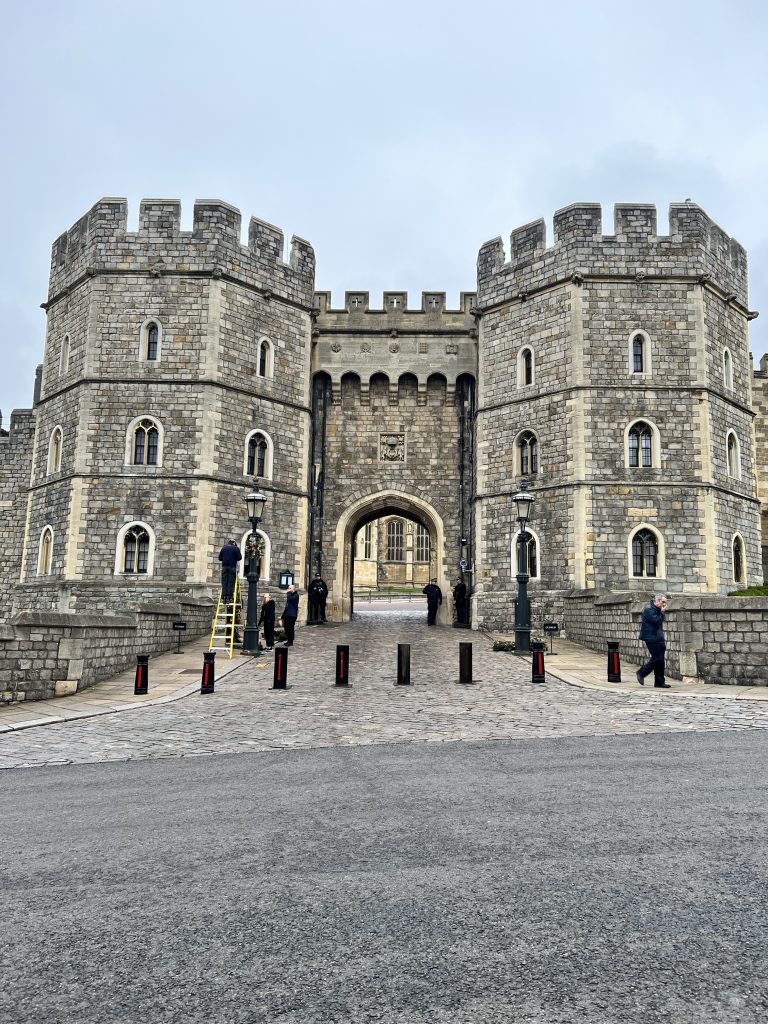
The Grand Staircase
This was the first open courtyard of the sixteenth-century castle, once known as ‘Brick Court’. So, in Anne Boleyn’s time, you would have been standing in the open air. Once at the top of the grand staircase, you would have been standing inside a wing of the building, which ran perpendicular to the current orientation of the staircase on a north-south axis. The Queen’s Watching Chamber once occupied part of this wing, and it is within this chamber that you are now standing.
The Waterloo Chamber
This was the second open courtyard of the Tudor royal apartments. You are now standing on the first-floor level. As you enter the chamber, imagine that running along the wall to your right is a gallery linking the Queen’s Watching Chamber to the King’s Watching Chamber at the far end. To your left would have been two enormous oriel windows, which looked out from the King’s Presence Chamber. This latter chamber was a crucial room in Anne Boleyn’s story – as you will discover in a moment.
The King’s Drawing Room
This modern-day room was once Henry’s Privy Chamber, the first of the private rooms to make up the King’s privy lodgings. Following the modern-day tour of the apartments, you will pass through the King’s Bed Chamber, once Henry’s State Bedchamber, dressing room and closet. All these rooms were originally part of Henry’s privy chamber suite and were rooms that surely Anne knew well.
Waterloo Chamber, Windsor Castle. Giomodica, CC BY 3.0, via Wikimedia Commons.
St George’s Hall, Joshua Barnett, CC BY 2.0, via Wikimedia Commons.
Ceiling in St George’s Hall, Ian Gratton, CC BY 2.0, via Wikimedia Commons
The Queen’s Drawing Room and the Queen’s Ballroom
These rooms have been extensively remodelled since the sixteenth century. In Anne’s time, the northern end of the queen’s drawing room seems to have been occupied by a chamber on the king’s side, whilst the far end of the room was once part of Anne’s bed chamber. So, in other words, this single room was once split into two. Some iconic Tudor portraits are not to be missed in this room. Once you enter the current Queen’s Ballroom, you find yourself in the central part of what was once Anne Boleyn’s privy suite. The northern part of the room, which you enter first, was occupied by the remainder of her bedchamber, and the southern end of the room comprised Anne’s Privy Chamber.
The Queen’s Audience and Presence Chamber
These two rooms originally comprised a much larger, single Presence Chamber on the Queen’s side. Here, Anne would formally receive guests or hear petitions. If she were dining in public, she would do so in her Presence Chamber.
St Georges’ Hall
This vast space was once divided into two. In Tudor times, the part that you enter on the modern-day tour would have been the Chapel Royal, whilst the Great Hall occupied the second half of the room, originally the main public space of the royal apartments.
The Grand Reception Room
This was once the site of the grand staircase of Edward III’s medieval palace. The chamber was later to become Henry’s great watching chamber and, as you can see, was much bigger than its cousin at Hampton Court Palace. You can assume that it was through this room that Anne swept in regal splendour on 1 September 1532 as she made her way to the adjacent King’s Presence Chamber. Here, Anne received her Letters Patent as the newly created ‘Marquess of Pembroke’.
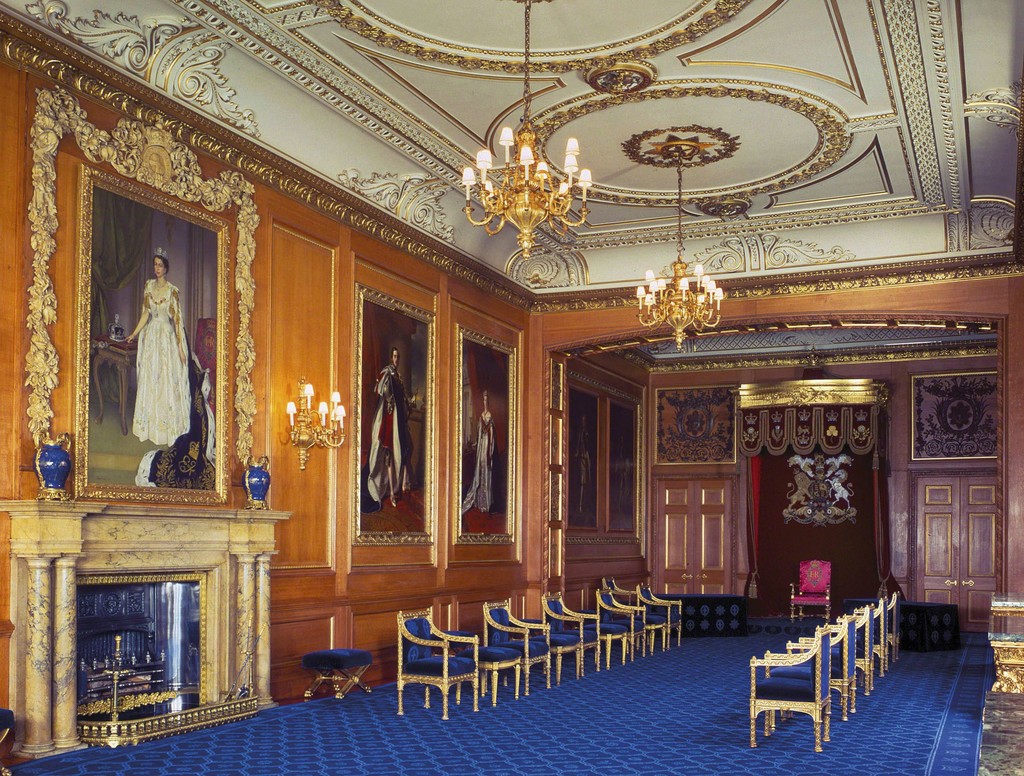
The Garter Throne Room
So many lovers of Tudor history pass through this room blissfully unaware that it witnessed Anne at the zenith of her power. On 1 September 1532, she came before Henry and the court to be ennobled as Marquess of Pembroke. This elevation in her status was in preparation for the historic trip to Calais, when Henry and Anne would meet the French King, Francis I, to gain Francis’ support for their anticipated and imminent marriage.
Led by Thomas Wriothesley, Henry’s Garter King-at-Arms, Anne was followed by the fourteen-year-old Lady Mary Howard, Anne’s younger cousin. Mary was carrying Anne’s crimson velvet mantle, trimmed with ermine, and the gold coronet that would be placed upon her head. This day was clearly a family affair, for Anne Boleyn was also accompanied by Eleanor, Countess of Rutland, and Dorothy, Countess of Sussex, both distant cousins on her mother’s side.
St George’s Chapel and its Tudor Tombs
No visit to Tudor Windsor would be complete without taking the short stroll to St George’s Chapel, the spiritual home of the ancient Order of the Garter. Henry VIII is buried in a vault beneath the chancel floor alongside his third wife, Jane Seymour.
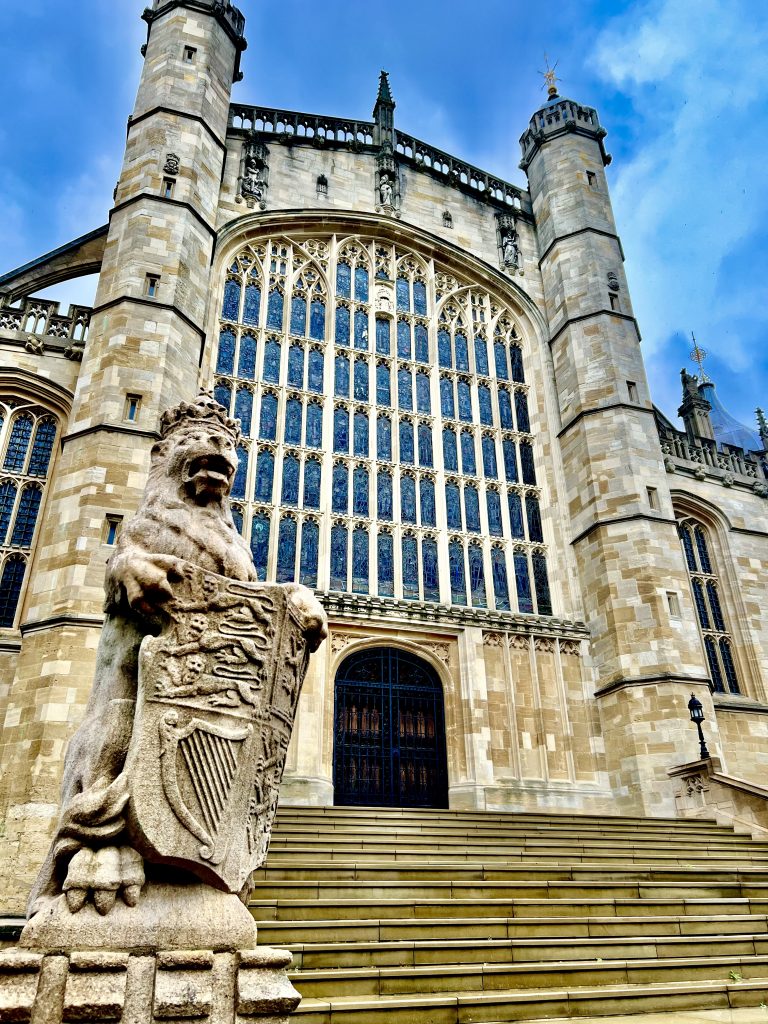
While you are there, don’t forget to locate the plain tombstone marking the burial site of Anne’s long-time enemy, Charles Brandon, Duke of Suffolk, toward the south door of the chapel. The plain, black marble gravestone carries the simple inscription, ‘Charles Brandon, Duke of Suffolk, K.G. Died August 24 1545. Married Mary, daughter of Henry VII. Widow of Louis XII, King of France’.
Also, while in the Windsor area, consider visiting the Ankerwyke Yew, near Wraysbury. Legend has it that Anne and Henry used to meet under its lugubrious branches during the halcyon days of their courtship. The yew tree is famous for its longevity. It is believed to be approximately 2500 years old. It stands on what were the grounds of the Priory of St Mary, which was later dismantled during the dissolution of the monasteries. It is a truly magical place, revered over the centuries. It is easy to imagine Henry and Anne stealing some private time, away from the prying eyes of the court, under its magnificent canopy.
Visitor Information
Windsor Castle is still owned by the Crown and used as a private royal residence. It holds the record for being the longest continually inhabited castle in the world.
While the castle can get very busy during regular opening hours, we are excited to say that during our Rise and Fall of Anne Boleyn tour, we will enjoy a private tour of the State Appartments in the evening, accompanied by a glass of Prosecco to celebrate the moment. After all, who wouldn’t want to raise a glass to the new Marquess of Pembroke!
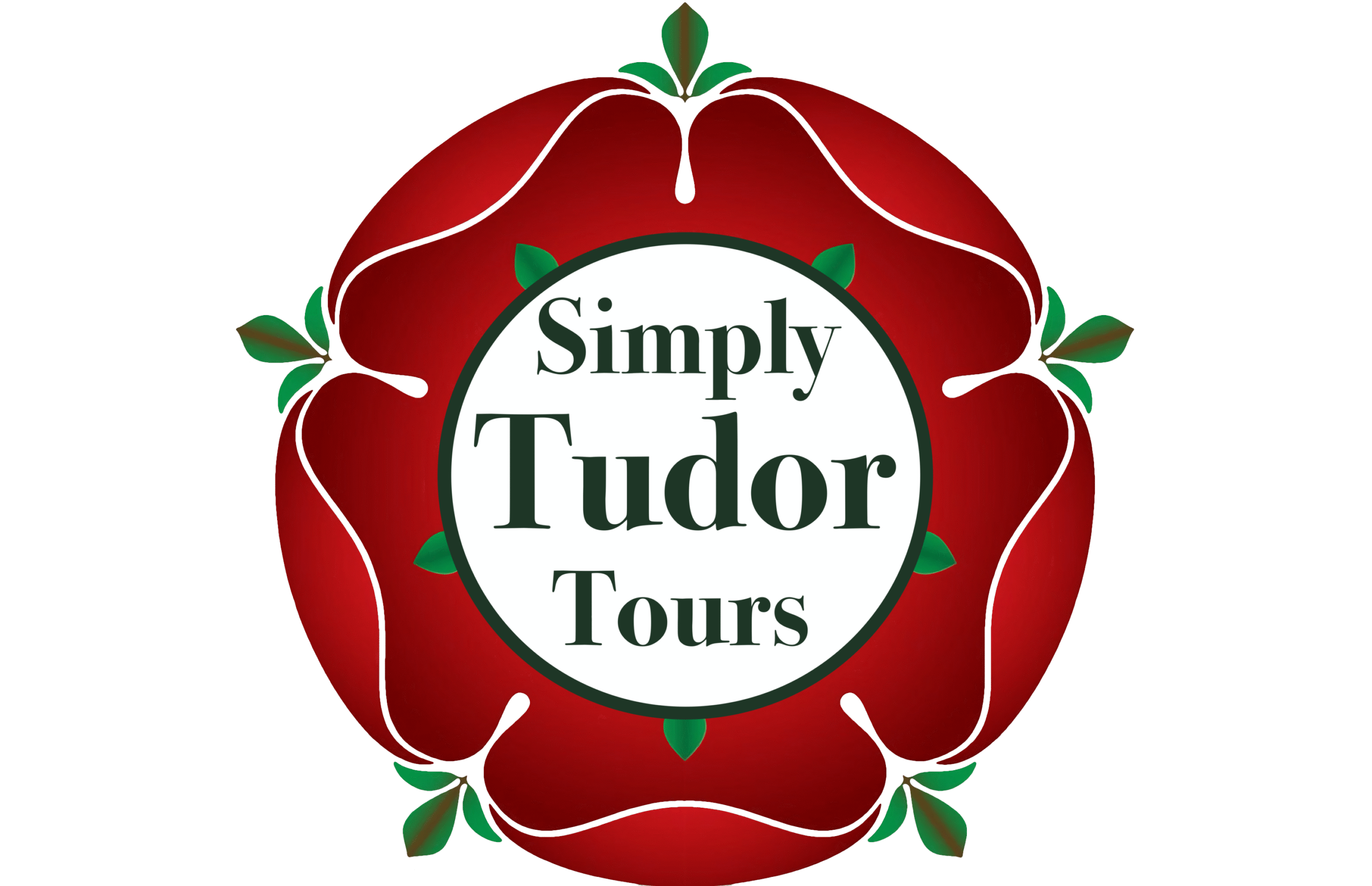
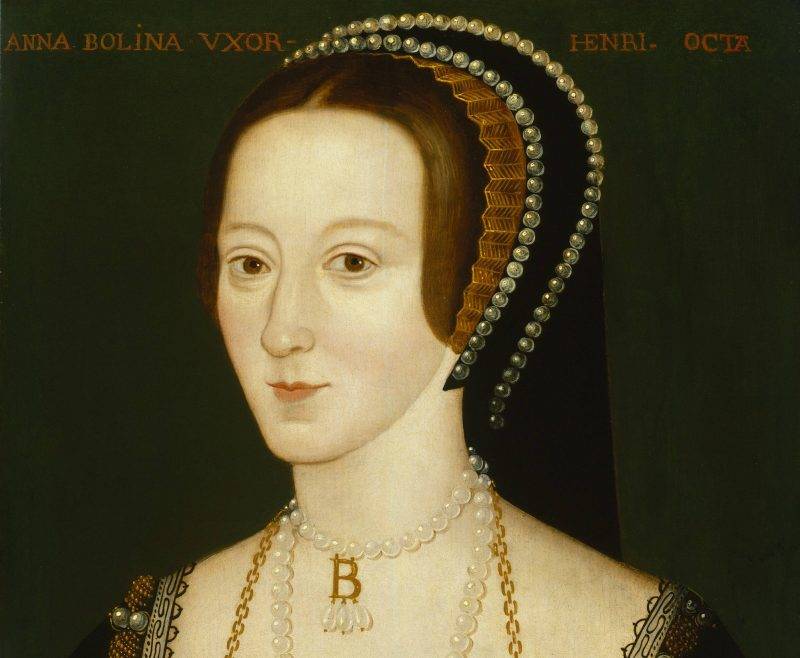
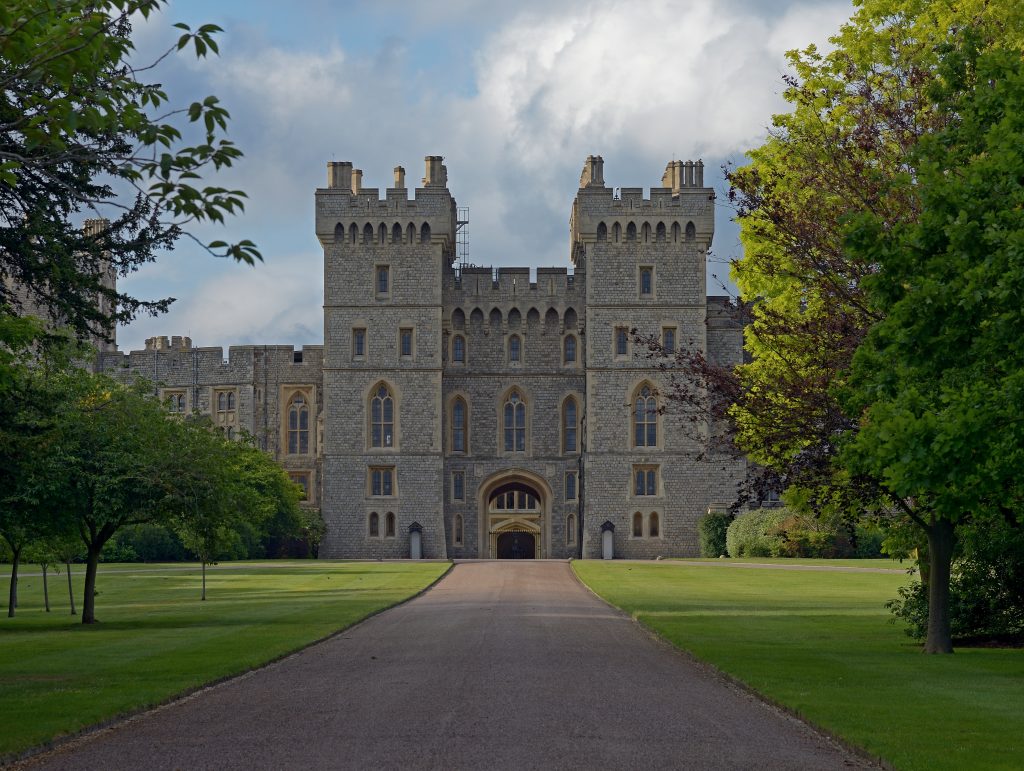
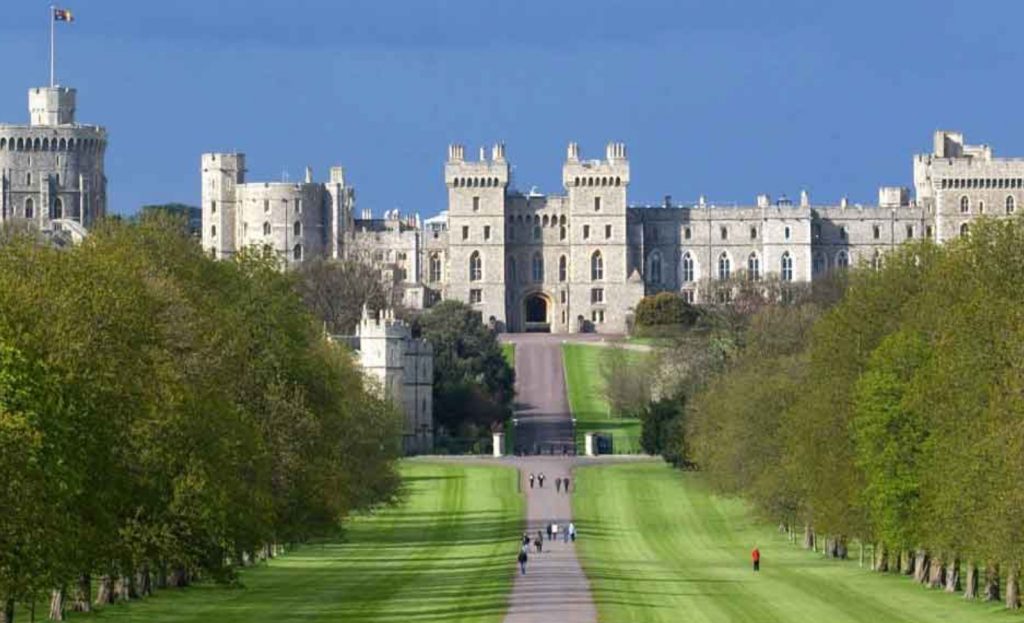
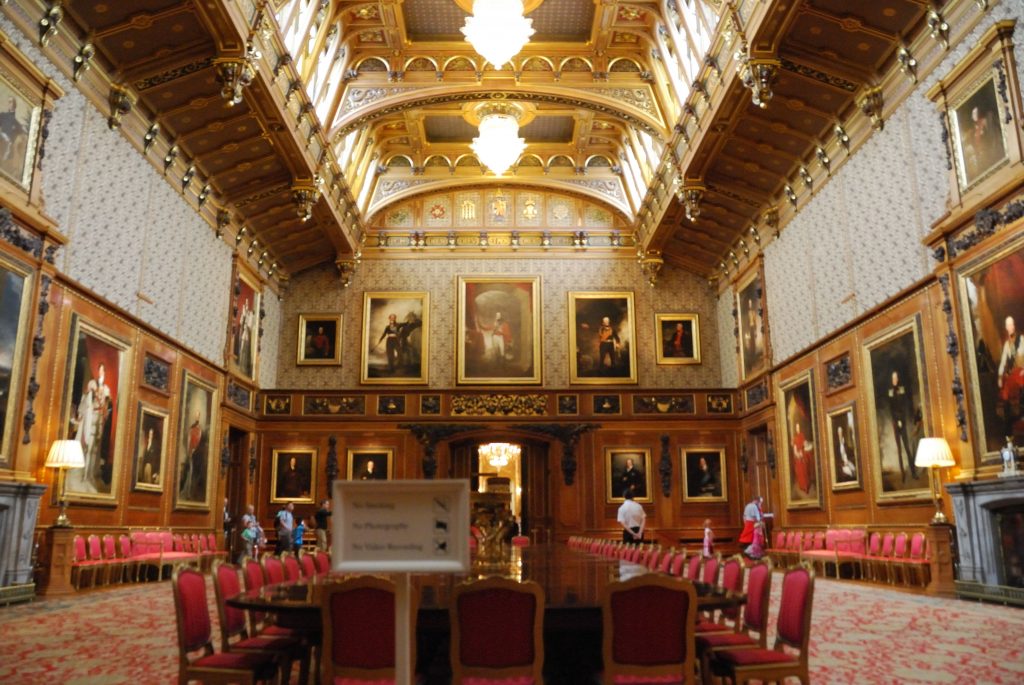
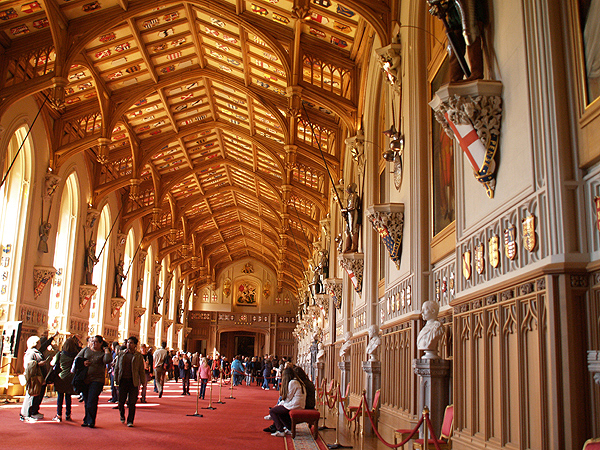
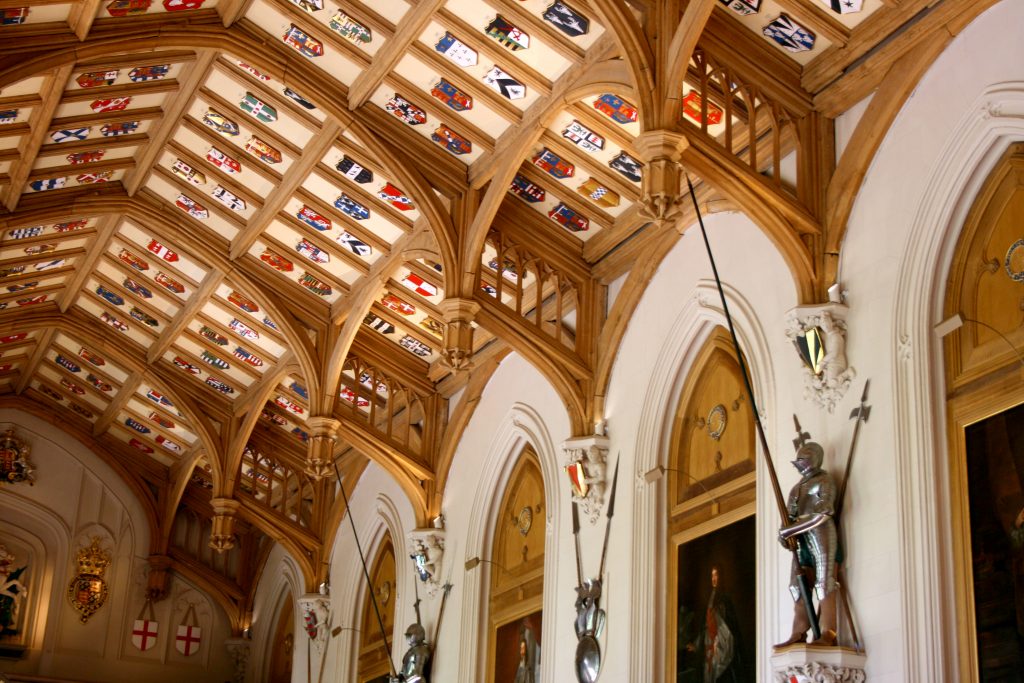
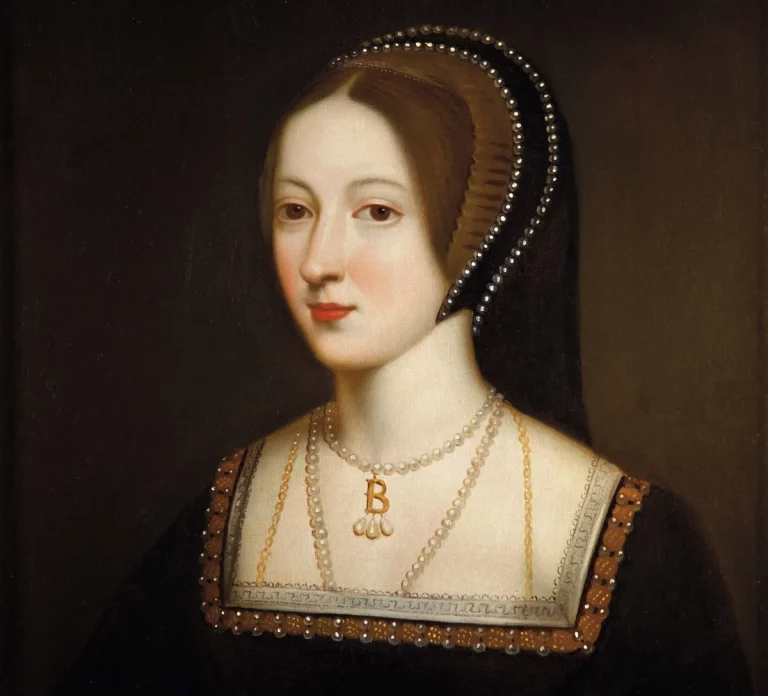


I feel as though I’ve just walked through these spaces in 1532. Sarah, you have a great way of overlaying time periods so I feel like I’m looking through a transparency of the present into the Tudor world (which feels like the solid real one 😊). I’d read that the Tudor spaces had disappeared under the Georgians and Victorians, but hadn’t realized the depth of it. Wow, devastating. This is a post I’ll be rereading.
Thanks, Susan…Windsor is under-rated as a Tudor venue in our opinion. Definitely worth more close scrutiny. Thanks for posting!